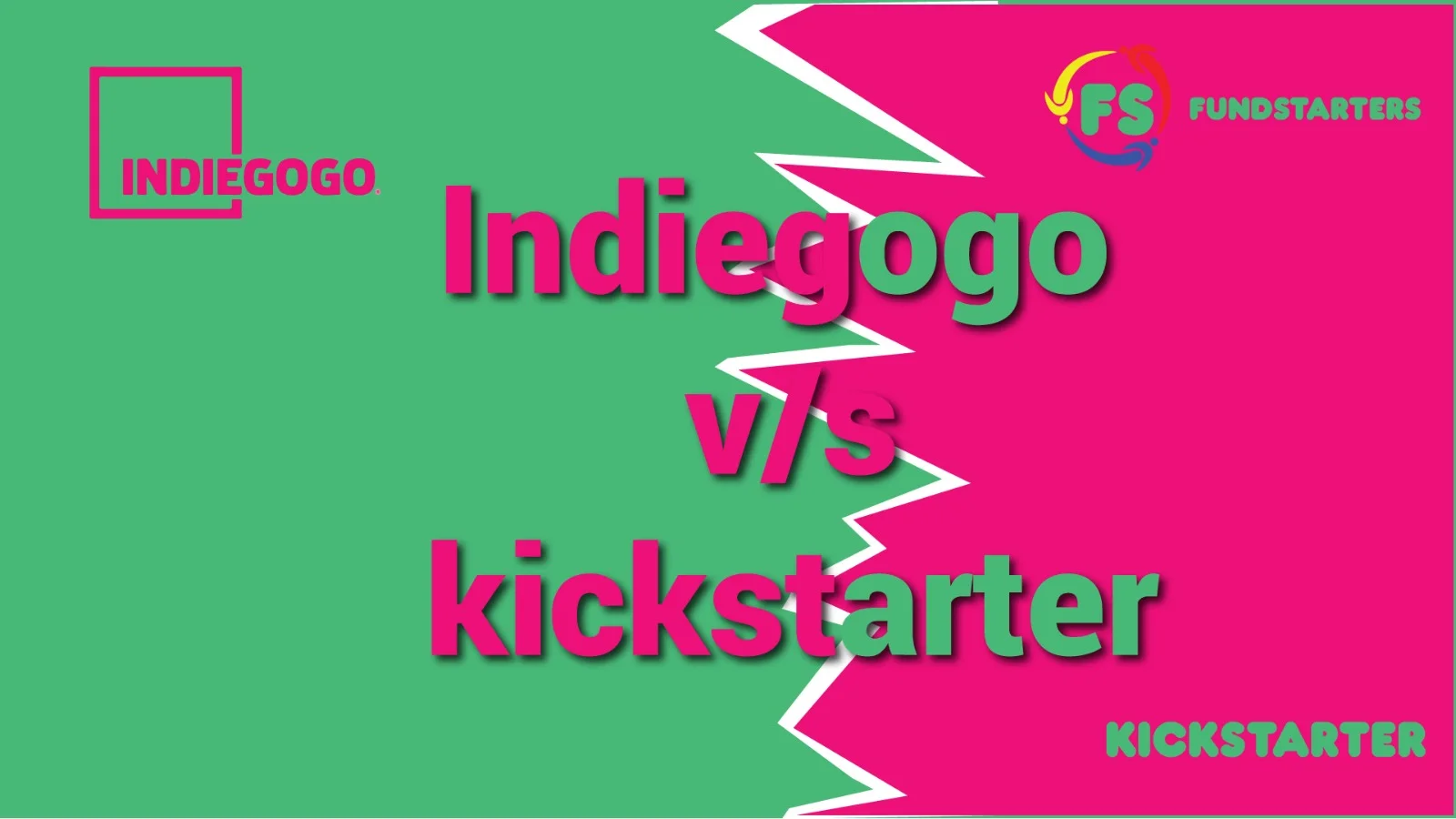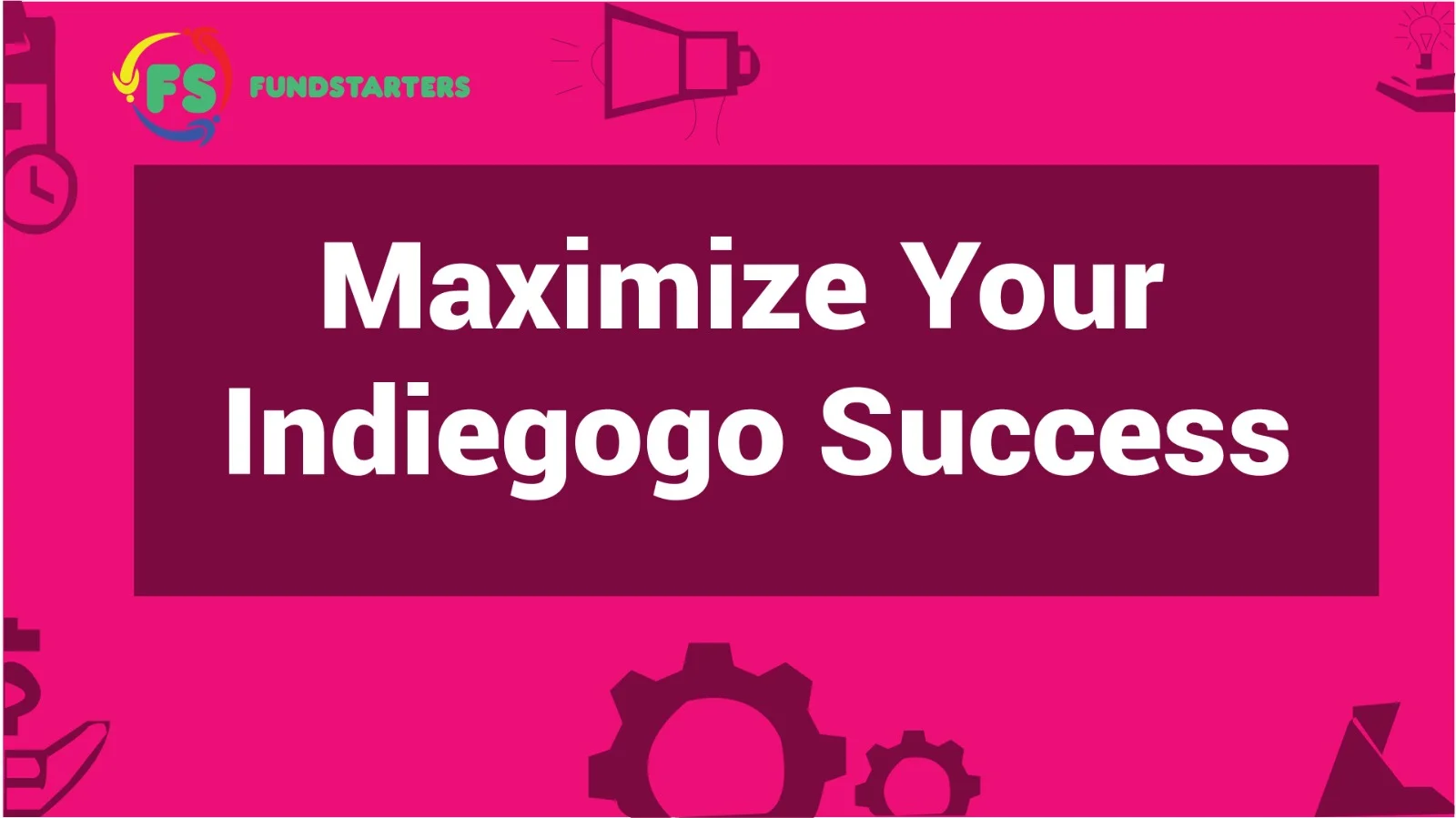Crowdfunding has emerged as a popular method for startups and entrepreneurs to raise capital, but not all crowdfunding models operate the same way. Two primary types are equity crowdfunding and simple (or traditional) crowdfunding. Understanding the differences between these two approaches is crucial for creators looking to fund their projects effectively.
Definition and Structure
Equity Crowdfunding:
Equity crowdfunding allows individuals to invest in a business in exchange for ownership shares. This means that backers become partial owners of the company and can benefit from its future profits through dividends or capital appreciation. Platforms like StartEngine and Wefunder facilitate this process, enabling startups to connect with a broad pool of investors, including everyday people, not just accredited investors.
Simple Crowdfunding:
Simple crowdfunding, often seen in platforms like Kickstarter or Indiegogo, typically involves backers contributing funds to support a project or product in exchange for rewards or perks. These rewards can range from early access to products to exclusive merchandise. Unlike equity crowdfunding, backers do not receive any ownership stake in the business.
Investor Motivation
Equity Crowdfunding:
Investors in equity crowdfunding are motivated by the potential for financial returns. They take on higher risks with the expectation that the business will grow and provide them with dividends or increased value for their shares. This model appeals to those looking for investment opportunities rather than mere support.
Simple Crowdfunding:
In contrast, backers of simple crowdfunding campaigns are often motivated by a desire to support a project they believe in or to receive tangible rewards. Their contributions are typically driven by emotional connections or personal interests rather than financial gain.
Risk and Return Dynamics
Equity Crowdfunding:
Investing in equity crowdfunding involves higher risks, as investors may lose their entire investment if the company fails. However, it also offers the potential for greater financial rewards tied to the company’s performance. The risk-return dynamic is more complex, as investors must consider both the potential upside and the inherent risks of startup investments.
Simple Crowdfunding:
Simple crowdfunding generally presents lower financial risks for backers since they are not investing money with the expectation of a financial return. Instead, they are supporting a project with the hope of receiving a product or reward in return. The emotional satisfaction of supporting a cause often outweighs the financial implications.
Regulatory Environment
Equity Crowdfunding:
Equity crowdfunding is subject to stricter regulations to protect investors due to its financial nature. In many jurisdictions, companies must comply with securities laws, which can involve significant legal requirements and disclosures. The regulatory landscape aims to ensure transparency and protect investors from fraud.
Simple Crowdfunding:
On the other hand, simple crowdfunding faces fewer regulatory hurdles. Since it does not involve selling equity or securities, it generally requires less compliance oversight. This simplicity makes it easier for creators to launch campaigns without navigating complex legal frameworks.
Involvement and Influence
Equity Crowdfunding:
Investors in equity crowdfunding may have voting rights and influence over company decisions, depending on the share structure. This involvement can lead to a more engaged community of backers who have a vested interest in the company’s success.
Simple Crowdfunding:
Backers of simple crowdfunding campaigns typically have minimal involvement beyond their financial contributions. Their engagement is primarily transactional; they provide funding in exchange for rewards but do not influence business decisions or operations.
Conclusion
In summary, equity crowdfunding and simple crowdfunding serve different purposes and attract distinct types of participants. Equity crowdfunding allows individuals to invest in businesses for potential financial returns while taking on higher risks and regulatory scrutiny. In contrast, simple crowdfunding focuses on supporting projects through contributions that yield tangible rewards without any ownership stake. Understanding these differences is essential for entrepreneurs as they choose the best approach to fund their ventures effectively.





